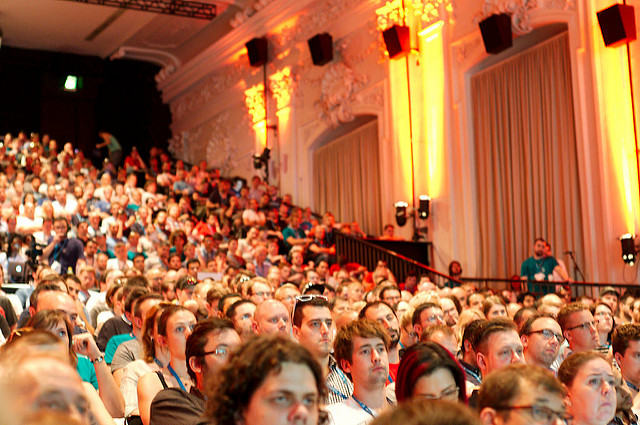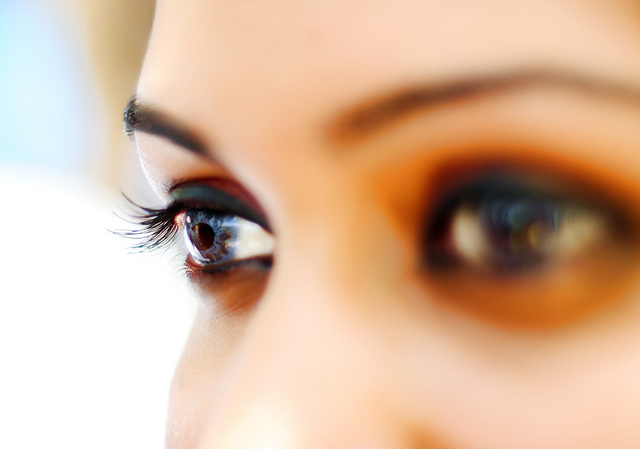When it comes to face to face training, the most important aspect is the non-verbal communication between the trainer and the trainees. In other words, your body language matters.
What most trainers fail to focus on during their sessions is their awareness of their own signs and signals of body language. From your movements, gestures, facial expressions and even shifting your body weight from one side to the other, it indicates to the audience that something is going on. Our body language says something about us, and whatever you feel can be reflected out to your trainees. Surprisingly, your body language could put you in a better position to communicate effectively with the audience.
The reverse is also true; it can also send mixed messages to people. Whilst our mind is thinking of one thing, we could delivering it entirely differently through our body language. This non-verbal language will affect how we act and react to others, and how they react to us, as trainers.
In this article, we will provide you with some simple body language tips in order to improve your face to face training skills, to help you conduct your session more effectively.
The Power Pose
One of the body language tips to improve your face to face training is by having a power pose. A simple example of a simple power pose is standing with your legs and arms stretched wide open. Think of the superhero, Wonder Woman. This pose leads to increased feelings of power and a higher tolerance for risk.
The power pose not only sends a message to your trainees that you are serious and in control, it also instantly boosts your confidence level, enabling you to give a great training session.

Facial Expressions
Facial expressions are one of the aspects of body language that we often forget about. You do not want to look nervous or appear boring during your face to face training session; otherwise your trainees will react the same way. When you appear nervous, they will feel nervous as well – wondering if your session is worthwhile or otherwise.
So with your power pose, remember to smile! A genuine smile not only stimulates your own sense of well-being, it also shows your trainees that you are approachable. Most importantly, smiling while giving eye contact influences how other people respond to you.
Remember that when you smile at someone, they almost always smile in return.
Hand Gestures
Another one of the body language tips to improve your training delivery, is noticing your own hand gestures. Since gesture is linked to speech, gesturing during your face to face training session can actually boost your thinking.
If you keep your hands locked at your sides or leaving your hands in your pocket you will look nervous and your presentation will lack the visual element to accompany and enhance your words. Also, do your best to avoid folding your arms across your chest, this gesture will most likely be interpreted as you closing yourself off from the audience. Remember, you are not playing charades, so do not move your hands vigorously as this may distract trainees from actually concentrating on your talk.
What you can do during your training session is to constantly move your hands but not too often. For example, you can wave your hand to the screen when you are showing a graph or chart on your presentation slides. At times, you may wonder where to put your hands.
Get used to standing with your arms relaxed and by your sides. You will automatically bring them up when you make gestures or comments. Just remember to rest them on the side from time to time and you will look relaxed and develop a strong, positive posture.
Use your Space
A simple body language tip to improve your face to face training is by using your personal space. When you are running your training presentation, it can be conducted in a small venue or a large stage with a large number of trainees.
Trying heading to the venue of the session earlier so that you can take a look at the space available and work out your movements on stage, instead of planning to just stand in the middle and not move about. Heading to the venue earlier also allows you to prepare your slides and/or setup your projectors (if required).
Learn how to occupy space in a way that asserts your comfort in the spotlight. Nothing portrays confidence like a trainer who is at ease and can be themselves in front of an audience.
Eye Contact
The last body language tip to improve your face to face training is your eye contact with your trainees. They say the eyes are the window to the soul, so get to your trainees’ soul by looking into their eyes; but not all the time!
Eyes are a way of reinforcing a message you are communicating to the audience, regardless if you are delivering a presentation or talking one-on-one. Make eye contact when you are stressing an important point during your session. The eye contact enhances the use of voice to stress that this is more important than what I have said up to this point.

In Summary
Remember that when you speak, the stage is your world and more than half of your impact as a trainer depends on your body language. You may have prepared the perfect presentation and created a visually stunning slide deck, but be sure that you have control over what you are saying with your body language.
Try these body language tips to improve your face to face training on your next training session.
Good luck!
Awesome post you got here! I think eye contact with your audience is one of the most important things to consider whenever you’re talking with people. It will help you to get their attention.